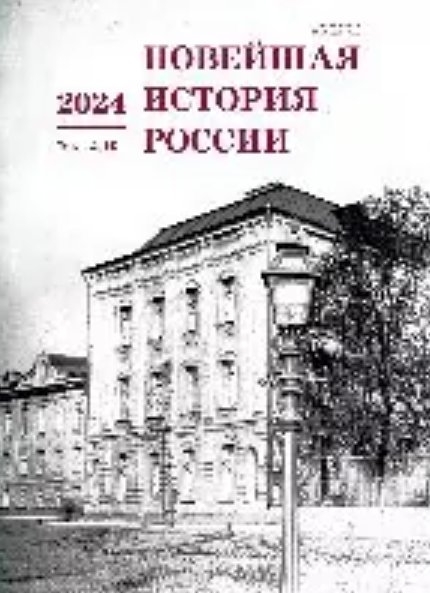Естественное движение населения в Крыму в период голода 1932–1933 гг.
Vital Statistics Analysis in the Crimea during the 1932–1933 Famine
Author(s): Nikolayevich Nazarenko Nazarenko, A. V. BashkinSubject(s): Regional Geography, Political history, Social history, Interwar Period (1920 - 1939), Socio-Economic Research
Published by: Издательство Исторического факультета СПбГУ
Keywords: famine; 1930s; birth rate; mortality; population; Crimea;
Summary/Abstract: The problem of vital statistics estimation during the 1932–1933 famine in Crimean ASSR has considered in the paper. It has been ascertained, that high underestimates of rural population accounting and underrating birth rate, mortality and vital rate population data of rural population have occurred in 1933 year for the Crimea, the underestimates of urban population has not detected. The high underestimates of non-local resident population demographics and unknown persons mortality has not detected. The non-local residents and unknown persons were recorded on local level and these data are present in population vital statistics report of Crimea. But in most consolidated statistics reports of Central Department of National Economic Accounting of USSR has been specified unadjusted birth rate and mortality rural population underestimates, it has not been ascertained presence in vital statistics data about unknown persons too — thus it has been detected underrating of birth rate, mortality and natural growth of Crimean population in consolidated statistics reports. The ascertained high percentage mortality of migrants in urban areas has shown the overstatement opinion about executive migration restrictive practices during the 1932–1933 famine. The urban mortality has exceeded rural mortality in the Crimea considerably, that disclaiming opinion about centralized policy of sociocide peasantry by famine. The demographic tragedy has occurred in the seaside Crimean towns and Simferopol city. It has been demonstrated absence of or ethnocide (genocide) in the Crimea during the 1932–1933 famine. The high Crimean urban population loss has compensated by natural population increase in the rural area, but natural growth of population has been imperceptible. By the most pessimistic estimation the demographic losses of Crimean population in 1933–1934 from birth rate loss are about 8 thousand and 6.5 thousand — from mortality exceeding, in urban area mainly.
Journal: Новейшая история России
- Issue Year: 14/2024
- Issue No: 46
- Page Range: 73-88
- Page Count: 16
- Language: Russian

